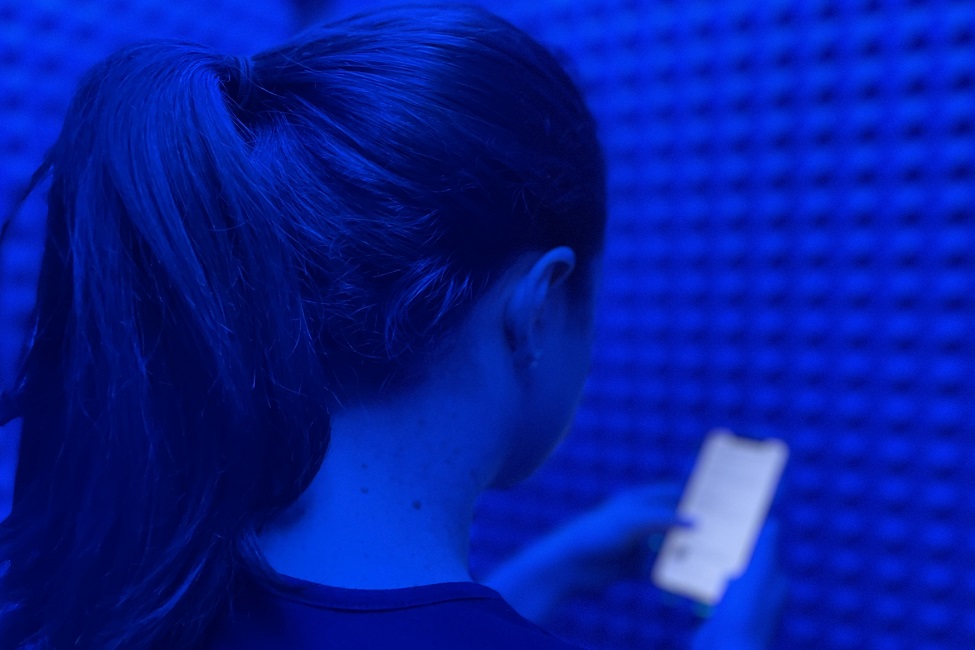Digital Self-Harm Linked to Dramatic Rise in Youth Suicide Attempts

Digital self-harm is defined as the online posting, sending or sharing of hurtful content about oneself anonymously.
In the United States, suicide is the second leading cause of death among 10 to 19 year olds, eclipsed only by unintentional deaths such as from an auto accident. With lawmakers, educators and other stakeholders increasingly concerned about the deteriorating mental health of youth today – and that population’s tendency to live out so much of their lives online – the phenomenon of digital self-harm is demanding increased focus by both practitioners and academics.
Digital self-harm is defined as the online posting, sending or sharing of hurtful content about oneself anonymously. Since research is clear that traditional forms of self-harm (cutting, burning, hitting oneself) is linked to suicidal ideation and attempts, it stands to reason that youth who post cruel, embarrassing or threatening content about themselves (while their peers assume a third-party is the culprit) do so for similar dysphoric or abnormal reasons.
Given this research question, a study by Florida Atlantic University , in collaboration with the University of Wisconsin-Eau Claire and Florida International University , is the first to empirically demonstrate an association between digital self-harm and suicidality. Findings serve as a warning sign that youth who engage in digital self-harm may also be engaging in or at risk for suicidal thoughts and behaviors.
Results of the study, published in the journal Child and Adolescent Mental Health , showed that approximately 9 percent of adolescents reported that they had anonymously posted something online about themselves that was mean, while about 5 percent said they had anonymously cyberbullied themselves. With regard to suicidality, about 8 percent of adolescents reported that they had thought seriously about attempting suicide in the past year while 5.3 percent said they had attempted suicide during that time period.
Most pertinent is the finding that those engaged in digital self-harm were between five and seven times more likely to have considered suicide and between nine and 15 times more likely to have attempted to end their life.
There were no significant differences across gender and race, but non-heterosexual students were significantly more likely than heterosexual students to have seriously thought about attempting suicide (24.4 percent versus 6.9 percent) and to have attempted suicide (10 percent versus 4.9 percent). Twelve-year-olds were more likely to have thought about attempting suicide compared with other ages, but there was no difference across age for suicide attempts.
“We have identified a strong association between digital self-harm and suicidality,” said Sameer Hinduja, Ph.D., co-author, professor, FAU School of Criminology and Criminal Justice within the College of Social Work and Criminal Justice, co-director of the Cyberbullying Research Center, and a faculty associate at the Berkman Klein Center at Harvard University. “As such, it’s imperative for health professionals to screen for digital self-harm to address underlying mental health problems among youth that may occur prior to or alongside suicidality. Moreover, parents and caregivers must convey to children that they are available to dialog, support, and assist with the root issues that may eventually manifest as digital self-harm. Educators and other stakeholders must better prioritize the emotional and psychological needs of youth with opportunities for open dialog, skill building, and the provision of interactive and easily accessible online and offline support resources to ensure that those at-risk know that other people care about them.”
For the study, Hinduja and co-authors Justin W. Patchin, Ph.D., Department of Political Science, University of Wisconsin-Eau Claire, and Ryan C. Meldrum, Ph.D., Department of Criminology and Criminal Justice, Florida International University, surveyed a large national sample of 12- to 17-year-old middle and high school students in the U.S. to assess whether engagement in two different indicators of digital self-harm was associated with suicidal thoughts and attempts within the past year.
“It is clear that those youth who participate in digital self-harm are much more likely to think about or attempt suicide when compared to peers who do not engage in digital self-harm,” said Hinduja. “When considering the marked rise in sadness and hopelessness among U.S. adolescents over the last 10 years, our findings serve as another indicator that reflects a worsening state of mental health among teens.”
-FAU-
Latest News Desk
- Where a Child Lives - Not Just Diet - Raises Type 2 Diabetes RiskFAU researchers found poor walkability, litter, and reliance on assistance programs are strongly linked to type 2 diabetes risk in young children, based on a large nationwide study.
- FAU BEPI: Economic Strain Hits Hispanic Households Hard in 3rd QuarterHispanic consumer confidence dropped in the third quarter of the year as uncertainty and increased prices placed added pressure on their budgets, according to a poll from Florida Atlantic University's BEPI.
- FAU's Queen Conch Lab Receives Prestigious International AwardFAU Harbor Branch researchers have received the 2025 Responsible Seafood Innovation Award in Aquaculture from the Global Seafood Alliance for its Queen Conch Lab's pioneering work in sustainable aquaculture.
- After Cancer: Study Explores Caring-Healing Modalities for SurvivorsResearch from FAU's Christine E. Lynn College of Nursing highlights how caring-healing methods like mindfulness can ease distress and build resilience in cancer survivors.
- FAU Researchers 'Zoom' in for an Ultra-Magnified Peek at Shark SkinWhat gives shark skin its toughness and sleek glide? Tiny, tooth-like denticles. Researchers used electron microscopy to reveal how these structures shift with age, sex, and function in bonnethead sharks.
- FAU Receives $1.6M Gift for Student Entrepreneur ScholarshipsFlorida Atlantic University received a $1.6 million gift from long-time Boca Raton resident Bob Schattner, which will be used to continue providing scholarships that he established 15 years ago in perpetuity.






